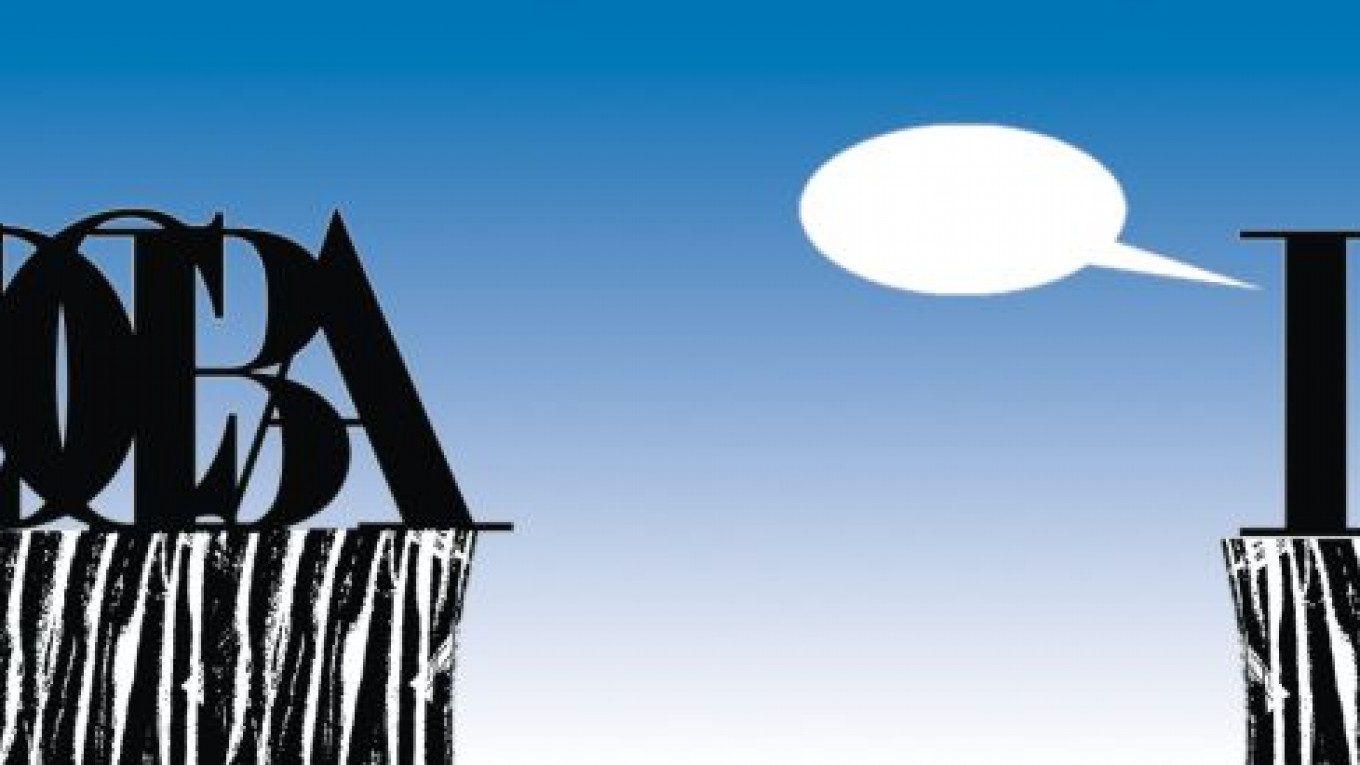Markets are in turmoil once again, following the U.S. Federal Reserve's indication that it might reduce its bond purchases toward the end of the year. The intensity of the market reaction was surprising, at least given the received wisdom about how the Federal Reserve's quantitative-easing policy works. After all, the Federal Reserve was careful to indicate that it would maintain its near-zero interest-rate policy and would not unload its bond holdings.
The dominant theory of how quantitative easing works is the portfolio-balance approach. Essentially, by buying long-term U.S. Treasury bonds from private investors' portfolios, the Federal Reserve hopes that these investors will rebalance their portfolios. Because a risky asset has been removed and replaced with safe central bank reserves, investors' unmet risk appetite will grow, the price of all risky assets, including remaining privately-held, long-term Treasury bonds, will rise, and bond yields will fall.
Once central bankers started rescuing banks, the inevitable result was quantitative easing.
A central element of the theory is that the stock of bonds that the Federal Reserve has removed from private portfolios, not the flow of its purchases, will determine investors' risk appetite. Unless investors thought the Federal Reserve was going to buy bonds forever, news about a reduction in purchases should have had only a mild effect on their expectations of the eventual stock of bonds the Federal Reserve would hold. So why such a violent reaction in markets worldwide?
One possible answer is that the volume of monthly Federal Reserve purchases also matters for global asset prices. Another possibility is that investors around the world read far more into the Federal Reserve statements than it intended. Either answer is worrisome, because it would suggest that central banks, which are now holding trillions of dollars in assets, have less ability to manage the process of exiting quantitative easing than we would wish. Perhaps former British Prime Minister Winston Churchill might have mused about quantitative easing, "Never in the field of economic policy has so much been spent, with so little evidence, by so few."
Quantitative easing has truly been a step in the dark. Given all the uncertainty, why have central bankers, for whom "innovative" is usually an epithet, departed from their usual conservatism in adopting it?
One possibility is that in the past, crises typically occurred in countries that lacked the depth of economic training that exists in, say, the U.S. or Europe. When emerging economies' policymakers were told that they needed to implement significant austerity, as well as widespread bank closures, to cleanse the economy after a crisis, they did not protest, despite the prospect of years of high unemployment. After all, few had the training and confidence to question the orthodoxy, and those who did were considered misguided cranks. Multilateral institutions, empowered by their control over funding, dictated policy from the economic scriptures. In sum, those determining policy were distant from the pain.
When the crisis hit home, Western economists were much less willing to accept that pain was necessary, or so the explanation goes. Keynesianism, which promises painless answers, was resurgent once again. The Federal Reserve, led by perhaps the foremost monetary economist in the world, proposed creative solutions that few in policy circles, including the usually conservative multilateral institutions, questioned. After all, they no longer had the power of the purse or the advantage in economic training.
But this is not an entirely satisfactory explanation. Nobel laureates like economist Joseph Stiglitz did protest publicly about the kind of austerity to which Indonesia, for example, was subject. While many protest austerity today, it was not that smart economists were totally oblivious of the pain emerging economies were going through when they were hit by crisis.
Consider another explanation: Perhaps central bankers' success in preventing the collapse of the financial system after the 2008 crisis secured for them the public's trust to go further. Perhaps their successful rescue of the banking system also misled some central bankers into believing that they possessed the Midas touch. After all, despite their natural conservatism, it would have been hard for central bankers to do nothing if they believed that there was something, anything, they could do to improve growth and reduce unemployment.
Yet this, too, seems to be only a partial explanation. Few among the public were happy that the big banks were rescued, and many did not understand why the financial system had to be saved when their own employers were laying off workers or closing down.
Indeed, perhaps a better explanation is that instead of creating more room for central bankers, the banking rescues narrowed their political room for maneuver. Perhaps what forced central bankers to act creatively was the political difficulty of doing nothing after having spent billions rescuing private banks. After all, how could one let a technical hitch like the zero lower bound on nominal interest rates stand in the way of rescuing Main Street when innovative financing facilities had been used to save Wall Street? Once central bankers undertook the necessary rescue of banks, perhaps they became irremediably entangled in politics, making quantitative easing an inevitable outcome.
As with much concerning recent unconventional monetary policies, there is a lot about which we can only guess, including why it has happened. The bottom line is that if there is one myth that recent developments have exploded it is probably the one that sees central bankers as technocrats, hovering independently over the politics and ideologies of their time. Their feet, too, have touched the ground.
Raghuram Rajan, professor of finance at the University of Chicago Booth School of Business, is the author of "Fault Lines: How Hidden Fractures Still Threaten the World Economy." The views expressed here are the author's own. © Project Syndicate
A Message from The Moscow Times:
Dear readers,
We are facing unprecedented challenges. Russia's Prosecutor General's Office has designated The Moscow Times as an "undesirable" organization, criminalizing our work and putting our staff at risk of prosecution. This follows our earlier unjust labeling as a "foreign agent."
These actions are direct attempts to silence independent journalism in Russia. The authorities claim our work "discredits the decisions of the Russian leadership." We see things differently: we strive to provide accurate, unbiased reporting on Russia.
We, the journalists of The Moscow Times, refuse to be silenced. But to continue our work, we need your help.
Your support, no matter how small, makes a world of difference. If you can, please support us monthly starting from just $2. It's quick to set up, and every contribution makes a significant impact.
By supporting The Moscow Times, you're defending open, independent journalism in the face of repression. Thank you for standing with us.
Remind me later.






